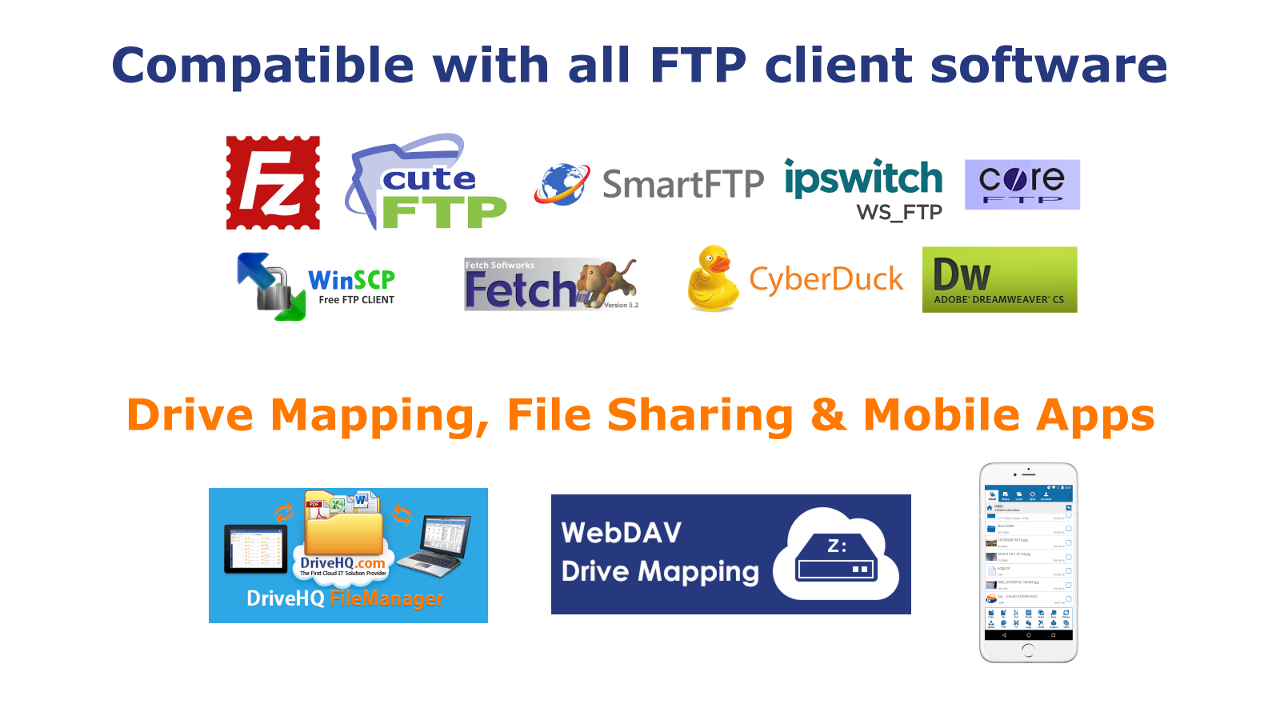

Enter :wq and press the Enter key to save and close the file.Ĭreate the chroot_list file, and write the list of exceptional users to the file. #Specify the maximum port number of the port range that is sent to the FTP clients for passive mode connections.įor information about more parameters, see the vsftpd configuration file and parameters section in this topic.

These ports provide more secure access to the FTP server. #We recommend that you use ports in a high number range, such as 50000 to 50010. #Specify the minimum port number of the port range that is sent to the FTP clients for passive mode connections. #Enter the public IP address of the simple application server. #Specify a file to contain the list of exceptional users. Exceptional users are users who are not limited to the home directory after they log on. #Use a list to specify exceptional users. #Limit all users to the home directory after they log on. #Specify the directory of a local user after the local user logs on. Replace the value of the pasv_address parameter with the public IP address of the simple application server. #Allow local users to log on to the FTP server.Īdd a number sign (#) to the beginning of the line to comment out the following parameter and disable the listening on IPv6 sockets: #listen_ipv6=YESĪdd the following parameters to the end of the configuration file. Modify the values of the following parameters: #Disable anonymous users from logging on to the FTP server. For example, an extra space may cause the service to fail to restart. Make sure that the parameters are specified in valid formats. When you copy the following parameters and paste them to the configuration file of the Linux server, make sure that the parameters are not commented out with the number sign ( #). This topic describes the easy-to-configure anonymous user mode and the more secure local user mode. If you have high security requirements on server data, we recommend that you configure virtual user mode under the guidance of professionals. Virtual user mode is more secure than anonymous and local user modes. Virtual users have access only to the FTP service that the Linux system provides to them, and do not have access to other resources of the system. Virtual user mode: This system authenticates users by checking whether they are virtual users. This mode is more secure than anonymous user mode. Local user mode: The system authenticates users by checking whether they are local Linux users. We recommend that you do not use this mode to save files in a production environment. In most cases, this mode is used to save unimportant public files. This is the least secure authentication mode. FTP supports the following authentication modes:Īnonymous user mode: Users can log on to the FTP server without a username or password.


 0 kommentar(er)
0 kommentar(er)
